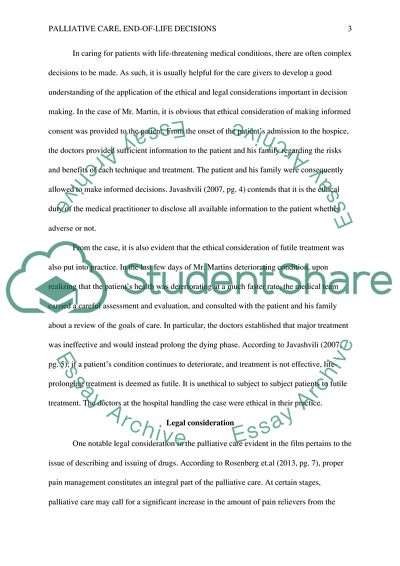Cite this document
(Clinical Decision Making - LOW ACUITY, NON-TRANSPORT DECISIONS & Essay, n.d.)
Clinical Decision Making - LOW ACUITY, NON-TRANSPORT DECISIONS & Essay. https://studentshare.org/nursing/1802054-the-end-of-life-treatment
Clinical Decision Making - LOW ACUITY, NON-TRANSPORT DECISIONS & Essay. https://studentshare.org/nursing/1802054-the-end-of-life-treatment
(Clinical Decision Making - LOW ACUITY, NON-TRANSPORT DECISIONS & Essay)
Clinical Decision Making - LOW ACUITY, NON-TRANSPORT DECISIONS & Essay. https://studentshare.org/nursing/1802054-the-end-of-life-treatment.
Clinical Decision Making - LOW ACUITY, NON-TRANSPORT DECISIONS & Essay. https://studentshare.org/nursing/1802054-the-end-of-life-treatment.
“Clinical Decision Making - LOW ACUITY, NON-TRANSPORT DECISIONS & Essay”. https://studentshare.org/nursing/1802054-the-end-of-life-treatment.


